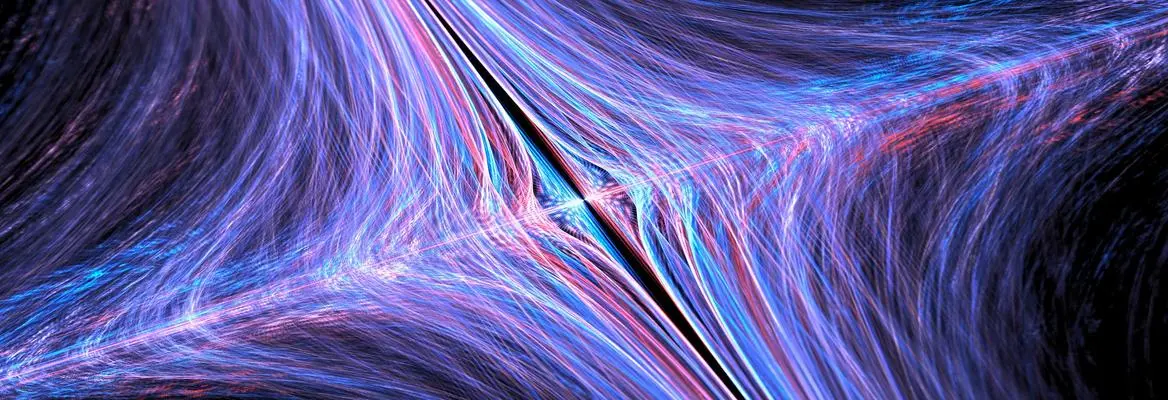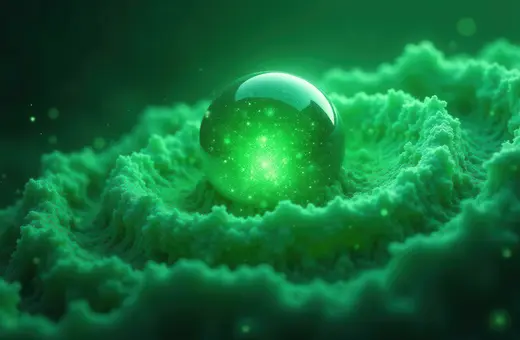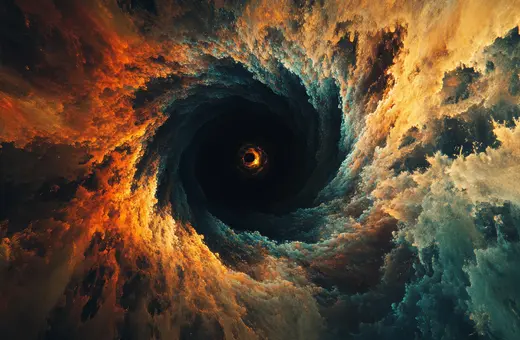According to Michio Kaku, our universe is one of many. The best way to make sense of quantum mechanics and the ability of subatomic particles to exist in several different states at the same time is to postulate the existence of a multiverse. These different universes may be connected to each other via wormholes in spacetime, but even if they are not, string theory - the theory that supports their existence - can make predictions that we can test right here, in our own universe. It’s the most mathematically elegant and symmetrical theory we have to date, and, according to Michio Kaku, what our past succesful theories tell us is that symmetry is a good guide to reality. Read the full interview below.
How did the idea of the multiverse come about?
The idea of a multiverse is an old one. Ancient societies believed that parallel realities or dream worlds could exist next to ours. Even in Alice in Wonderland, the Looking Glass connected the countryside of Oxford to Wonderland. But in the 1950's Hugh Everett introduced the multiverse to solve a problem in quantum theory, where the same electron can exist in many different states at the same time. According to Everett, what is going on is that the electron in question can exist in parallel realities. In fact, that is why lasers, transistors, the internet, and the wonders of modern technology can exist. Modern society would collapse if electrons could only exist in one state at a time. But in quantum theory, the quantum wave functions of these alternate realities "collapse" into one universe, the one we live in, when a measurement is made.
Over the decades, many physicists felt uneasy about the collapsing of the wave function, but the experimental successes of the theory were undeniable. Everett proposed simply dropping the idea that the wave function collapses, and allowing the wave to continually split, creating an infinite number of parallel realities. Today, even Marvel Comics characters are familiar with this idea.
___
___
We tend to think that the universe contains everything that exists – all the things that can be found within space and time. So how can we possibly make sense of the concept of a multiverse – the idea that there exist many other universes outside of our own, outside of space and time as we know it? How can something exist outside of space and time?
Nobel laureate Steve Weinberg once explained it to me. Think of your living room, full of different radio waves from far away stations. Your radio is only tuned to one frequency at a time. It vibrates or is coherent with only one radio station, yet you exist in an ocean of different radio waves. Now replace the radio waves with electron waves, so there are the waves of dinosaurs, pirates, and aliens in your living room. Unfortunately, you do not vibrate in unison with them. You have decohered from them, yet their waves co-exist with yours. So you can exist simultaneously with an infinite number of parallel universes, yet it is very difficult to enter them, since you do not vibrate in unison with them.





















Join the conversation